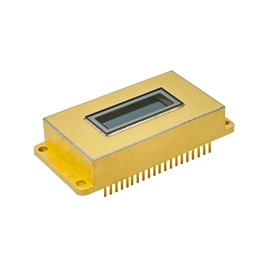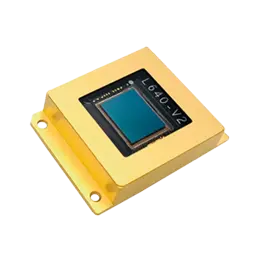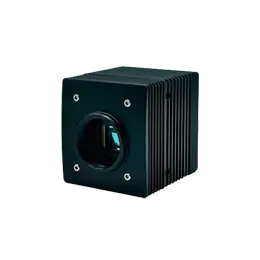From ancient stone slabs, experienced silk paper, to film, it has been developed into today's digital storage medium, and the carrier of images is constantly changing and enriching. This kind of development that has lasted for thousands of years in human history confirms that people The never-ending pursuit of image art. Because of its unique advantages, the camera has gained a firm place in image art since its appearance. With the continuous development of technology, the camera has evolved from an expensive special equipment to a tool within our reach. But that light touch left us with a wonderful moment of camera, do you really understand? This series will take you to dissect the exterior of the camera, explore the essence of imaging, and make it easier to use the camera in the future.
The role of the image sensor in general, is photoelectric conversion. We can also see this role from its location - after the lens concentrates the image (image in the optical sense), before the digital image processing chip. We know that the light emitted (refracted, reflected or actually emitted) by all the flowers and flowers in the world will form a reduced real image on the target surface through the "gathering" of the lens. But how does this real image become a storable and processable image in our electronic world? The image sensor does its job. Let's discuss how the image sensor achieves this change.
First, let's take a look at photoelectric sensors. As the name suggests, a photoelectric sensor is a device that converts light energy into electrical energy. How do you understand this sentence? To put it simply, light energy is also a kind of energy, which is transmitted to the photoelectric sensor and absorbed. Because of the increase of energy, the movement of electrons becomes more intense at this time, and some discrete electrons appear, and these electrons are pushed to move in a certain direction. , forming the electrical signal we need. The stronger the light energy, the stronger the corresponding transformed electrical signal.
With an understanding of photoelectric sensors, we can further explain image sensor technology. In essence, an image sensor can be understood as a large array of photoelectric sensors. After the lens "gathers" the light into an image, it is projected on this large array, and the corresponding photoelectric converter converts an equivalent electrical signal according to the intensity of the light energy. These electrical signals are arranged according to the corresponding positions, forming the most basic electronic image. This process can be compared with the process of receiving water by a bucket array. The bucket at a certain position has a larger water flow, and naturally more water is received. The most basic electronic image is obtained, which is still an analog signal at this time, and the digital sampling is performed with an analog-to-digital converter, and the electronic image is converted into a basic digital image.
The above is the basic working principle of the black and white image sensor. But what about the color images we use? In this way, there is only one color mixing energy, and it will be impossible to distinguish colors. Therefore, the image sensor uses red, green and blue filters to filter the image, so that the corresponding light energy forms a corresponding electrical signal, thus obtaining three primary color images, thus forming an RGB image. Only in terms of process technology and cost, the acquisition of the three base color maps alone is not in line with economic principles. Although the human eye is precise, it can still accept a certain degree of sensitivity. Therefore, a film is generally used on the color image sensor to filter light to form a digital Raw image according to a certain fixed color arrangement.



